Community Embraces New Word Game at Mid-Year Play Day This past Sunday, families at Takoma Park’s Seventh Annual Mid-Year Play Day had the opportunity to experience OtherWordly for the first time. Our educational language game drew curious children and parents to our table throughout the afternoon. Words in Space Several children gathered around our iPads […]
Read moreTag: Audience
A new generation of small video cameras and consumer robotic helicopters make amazing video shots possible. Stick your phone on a drone for enchanting views of the natural world, architecture, museums, and more. Here’s a cool new video flying a drone around the NY public library:
What is fan fiction?
June 5th, 2013 by IDEA
 Who owns art and culture? Does it belong to the artist? The legal property owner? Or the society that loves and appreciates it? Traditionally, old art is considered public, and new art is copyrighted. Anyone can write a new twist on Romeo and Juliet, or mashup the Mona Lisa with a mustache. But what if Harry Potter opened a lemonade stand? Or Luke Skywalker had a twin bother? (more…)
Who owns art and culture? Does it belong to the artist? The legal property owner? Or the society that loves and appreciates it? Traditionally, old art is considered public, and new art is copyrighted. Anyone can write a new twist on Romeo and Juliet, or mashup the Mona Lisa with a mustache. But what if Harry Potter opened a lemonade stand? Or Luke Skywalker had a twin bother? (more…)
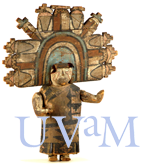 A Hopi doll with painted headdress springs to life, spinning under my finger tips on a new iPad app from the University of Virginia Art Museum (UVaM).
A Hopi doll with painted headdress springs to life, spinning under my finger tips on a new iPad app from the University of Virginia Art Museum (UVaM).
The delightful app presents 19 different objects in 3D, to spin and zoom, providing an immediacy that rivals seeing an object in real life. In fact, it’s better in many ways than peering at an object through a protective case because the objects can be spun through a full 360°, view under bright lighting, at high resolution.
Personal exploration
The free app presents the mobile visitor with a grid of objects (below, left):
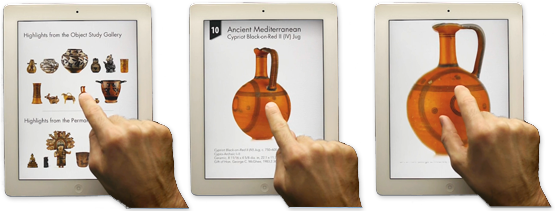
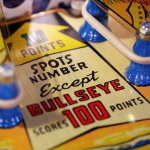
Gameplay has a lot to teach us about motivating participation through joy. ‘Gamification’ is a new term, coined in 2008, for adapting game mechanics into non-game setting — such as building online communities, education and outreach, marketing, or building educational apps. Here are some ideas for how to do it.
 Achievements
Achievements
Badges, trophies and points represent having accomplished something. Since antiquity, people have been honored with medals, crowns and other decorations. Wreaths made of bay laurel were awarded to Greek athletes, and worn by Roman poets (e.g., Ovid, at left). (more…)
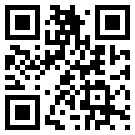 QR codes are a way to send information to mobile devices (e.g., a smartphone) using its camera. You send a short blurb of text, or a web address (URL) by representing it as a code which people photograph from their phone.
QR codes are a way to send information to mobile devices (e.g., a smartphone) using its camera. You send a short blurb of text, or a web address (URL) by representing it as a code which people photograph from their phone.
The codes are easy to generate. Several web sites and software programs will make the codes for you.
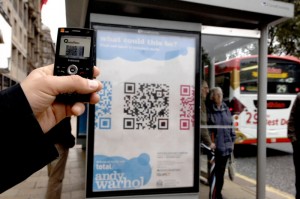 To read the codes, users need a QR reader app to take a snapshot of the code with their device’s camera. The app returns the decoded text or web URL.
To read the codes, users need a QR reader app to take a snapshot of the code with their device’s camera. The app returns the decoded text or web URL.
In the photo at left, a pedestrian takes a photo of a QR code promoting an Andy Warhol show.
There are hundreds of barcode-reader apps (e.g., RedLaser and QuickMark for iOS and Android devices, and the Kaywa reader for dumber smartphones), and code-reading can be included in custom apps, e.g., a museum tour. (more…)
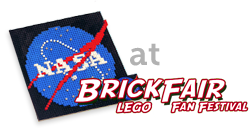 A cheap and effective way to do community outreach is to piggyback or partner with existing events. NASA did this in a subtle and effective way earlier this month at an annual event for LEGO enthusiasts. “BrickFair” drew over 17 thousand people in a August weekend to a conference center near Dulles airport. (more…)
A cheap and effective way to do community outreach is to piggyback or partner with existing events. NASA did this in a subtle and effective way earlier this month at an annual event for LEGO enthusiasts. “BrickFair” drew over 17 thousand people in a August weekend to a conference center near Dulles airport. (more…)
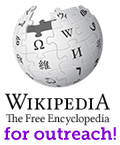 Wikipedia, the free, online encyclopedia that “anyone can edit,” is a useful way to deliver scientific and cultural knowledge to the public. Wikipedia is the 5th most visited web site, with 400–450 million unique visitors per month.
Wikipedia, the free, online encyclopedia that “anyone can edit,” is a useful way to deliver scientific and cultural knowledge to the public. Wikipedia is the 5th most visited web site, with 400–450 million unique visitors per month.
It’s not “merely a larger audience, but a different audience,” says Sara Snyder, webmaster for the Smithsonian Institution’s Archives of American Art, who has recently started to use Wikipedia more. She says, “Our main website is geared towards an academic-minded or university-level student, researcher, curator, or professional art historian. Yet we have information and collections that may inform or appeal to a broader set of folks, such as younger students and art enthusiasts. Wikipedia is a platform for trying to start serving those researchers too, without overhauling the current way we do business or our existing website.” (more…)


 Advertising is a classic, well-proven way to earn money for a publication, blog or site. “It’s the cost of not having direct, paid reader support,” says
Advertising is a classic, well-proven way to earn money for a publication, blog or site. “It’s the cost of not having direct, paid reader support,” says 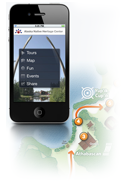 It is getting easier and cheaper for cultural and scientific organizations make mobile, handheld tours. According to
It is getting easier and cheaper for cultural and scientific organizations make mobile, handheld tours. According to 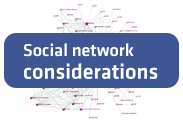 Social networking gives professionals and enthusiastic members of the public a great way to connect and share information about scientific or cultural topics.
Social networking gives professionals and enthusiastic members of the public a great way to connect and share information about scientific or cultural topics.